Bogota Travel Tips: A Complete Guide to Visiting Bogota, Colombia
If you’re planning a trip to Colombia, then you’re most likely going to be visiting Bogota, the country’s capital city. You’ve probably landed on this post because you’re doing research about the city. If that’s the case, then we hope that you’ll find everything you want to know prior to visiting Bogota in this travel tips post.
This guide aims to answer every question you might have, such as how to get to Bogota and get around the city, where to stay and eat, and how to stay safe and avoid altitude sickness.
Disclosure: This post may contain affiliate links, which means we may receive a small commission if you click a link and purchase something. Clicking these links won’t cost you anything, but it will help us to keep this site up and running! Learn more about our affiliate policy.
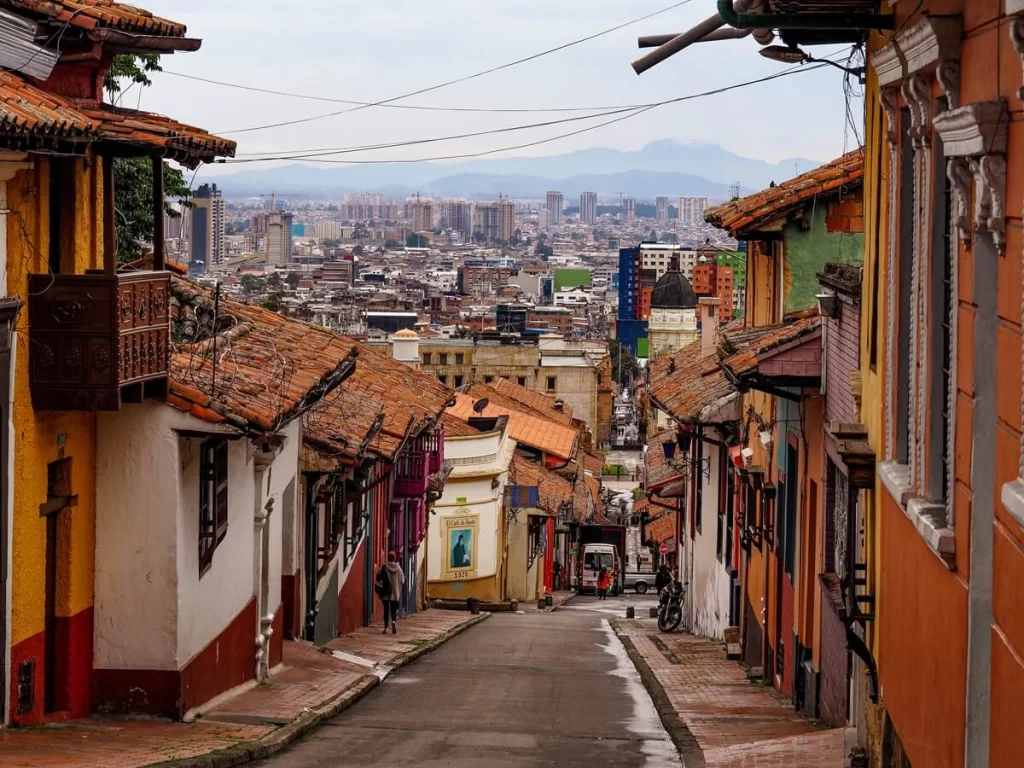
Introducing Bogota, Colombia
The sprawling city of Bogotá, Distrito Capital (Bogotá, D.C.) is located in the center of Colombia, on a high plateau known as the Bogotá savanna. Situated at around 2,640 meters (8,660 ft) above sea level, it’s considered one of the world’s highest capital cities along with La Paz, Bolivia and Quito, Ecuador.
Before the Spanish arrived, the area was inhabited by the Muisca people and their city was called Bacatá. In 1538, a new city was founded by Spanish conquistador Gonzalo Jiménez de Quesada, who named it Santa Fé de Bacatá. Later, in 1550, it became the capital of the viceroyalty of New Granada up until 1819. In 1810, the people of the city started to revolt against Spanish rule, but had to continue to contend with Spanish military loyalists until 1819. This was when Simón Bolívar took the city after his victory at the Battle of Boyacá.
In 1821 Bogota was made capital of Gran Colombia, which was a self-proclaimed state that incorporated modern day Colombia, Ecuador, Venezuela and Panama between 1819 and 1830. After this state dissolved, the city stayed the capital of New Granada, which later became the Republic of Colombia. In 2000, the capital’s name was officially changed from ‘Santa Fé de Bogotá’ to ‘Bogotá’.
Over the past few centuries, Bogota has evolved into one of the most vibrant Latin American cities. It’s the largest city in Colombia and also the fourth most populous city in South America.

Is Bogota Safe to Visit?
Probably one of the biggest questions you’ll have before visiting Bogota will be, is it safe?
Unfortunately, the answer to that will be different depending on who you ask and their experience when visiting the capital.
Bogota is the biggest city in Colombia and, just like any big city in the world, that also means crime is more prevalent. We’ve heard and read stories about many petty crimes happening in the city. There are also some scary and violent stories on the internet. However, this doesn’t mean that you should skip visiting the capital. Quite the opposite. We think you should definitely spend a few days in Bogota, because there’s a lot of interesting things to do there.
Progress has been made on improving safety in recent years and we generally felt safe during our visit. However, it’s good to be aware of a few things prior to your trip. Below, we’ll list a few health and safety precautions you should bear in mind before and during your travels around Bogota. For more official safety advice please visit the Government’s website.
Have Travel Insurance (The Most Important Bogota Travel Tip)
Often at the end of most people’s travel planning checklists is insurance. However, it is one of the most important things you should be thinking about when planning your travels. Travel insurance will give you protection if you get ill, injured, have things stolen or suffer last-minute cancellations.
Whilst purchasing travel insurance can feel like a waste of money, if something happens during your trip, it’ll quickly become one of the best investments you’ve made.
We never go anywhere without travel insurance, so make sure to buy one prior to your visit too. There are many different companies out there offering varying levels of cover depending on your needs. We personally use SafetyWing, who offer a high level of coverage at a much more affordable price than most other insurers.
SafetyWing also allows you to sign up even if your trip has already started and you completely forgot about travel insurance in the midst of all your travel planning.

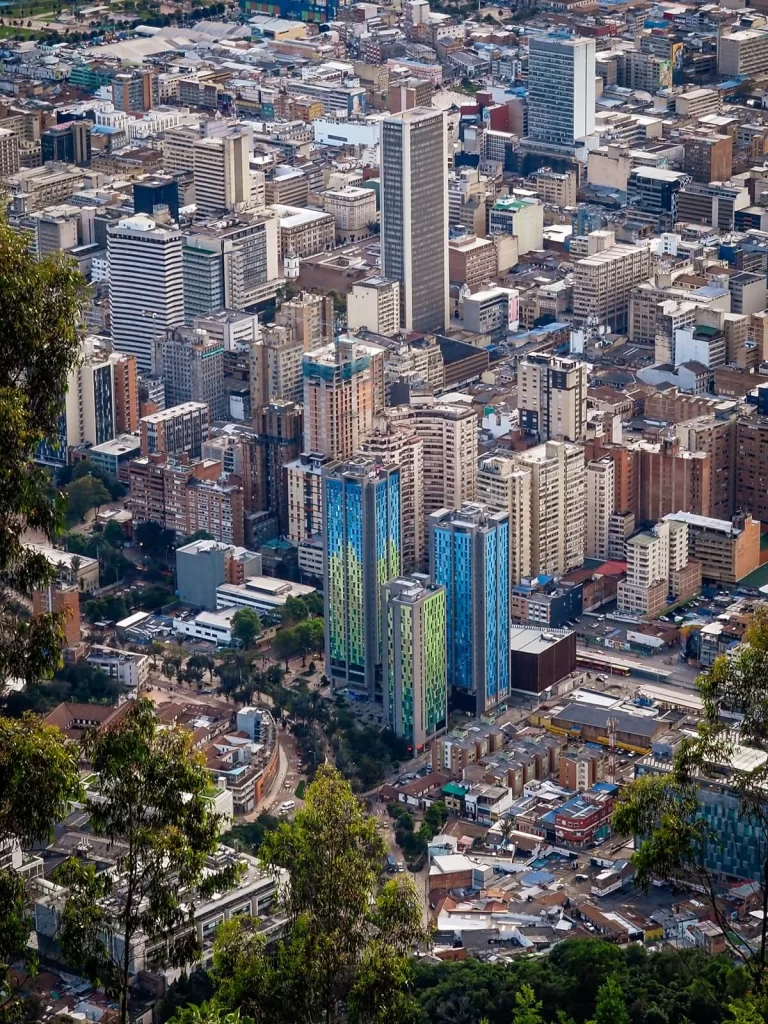
Crime Related Bogota Travel Tips
- Follow the ‘no dar papaya’ rule, which means don’t make yourself a target for crime.
- Hailing down taxis is not recommended as some drivers can take you on a ‘Millionaire’s Ride’, or in worst case scenarios sprinkle a drug known as burundanga somewhere on the back seats, which sedates you and makes it easier for them to access all your money.
- Don’t walk alone at night. Even La Candelaria can become unsafe after dark, so pre-book a taxi or get an Uber instead.
- Be extra vigilant in busy plazas, bus terminals and on public transportation. Keep your valuables hidden where possible and wear your backpack on your front just like the locals.
- Phone snatching is probably the most common type of theft you could encounter. Make sure not to walk out of a building with your phone in your hand. Instead, look where you have to go before you leave a building, so you won’t look lost.
- Try to avoid using public transportation during rush hours. It’ll be super crowded and you’re more likely to get pickpocketed. We used money belts to store our cash and travel cards and always felt more secure with these on.
- We recommend having a physical SIM card or an eSIM so you have a local phone number with 4G coverage. For an eSIM you can use Airalo, which is an app that allows you to download a prepaid eSIM to your phone.
- Make sure to also have a VPN to avoid hackers accessing your personal data when using public WIFI. We use Surfshark, which is the only VPN that offers one account on unlimited devices.
- Research and book your accommodation in safer neighbourhoods, so you don’t have to worry about your belongings when you’re out exploring.
- Protests can happen on short notice, which can impact roads and transportation. Make sure to check the local news for up-to-date information.
Tourism police are present in the touristy areas of Bogota, and will help with any crime-related issues.
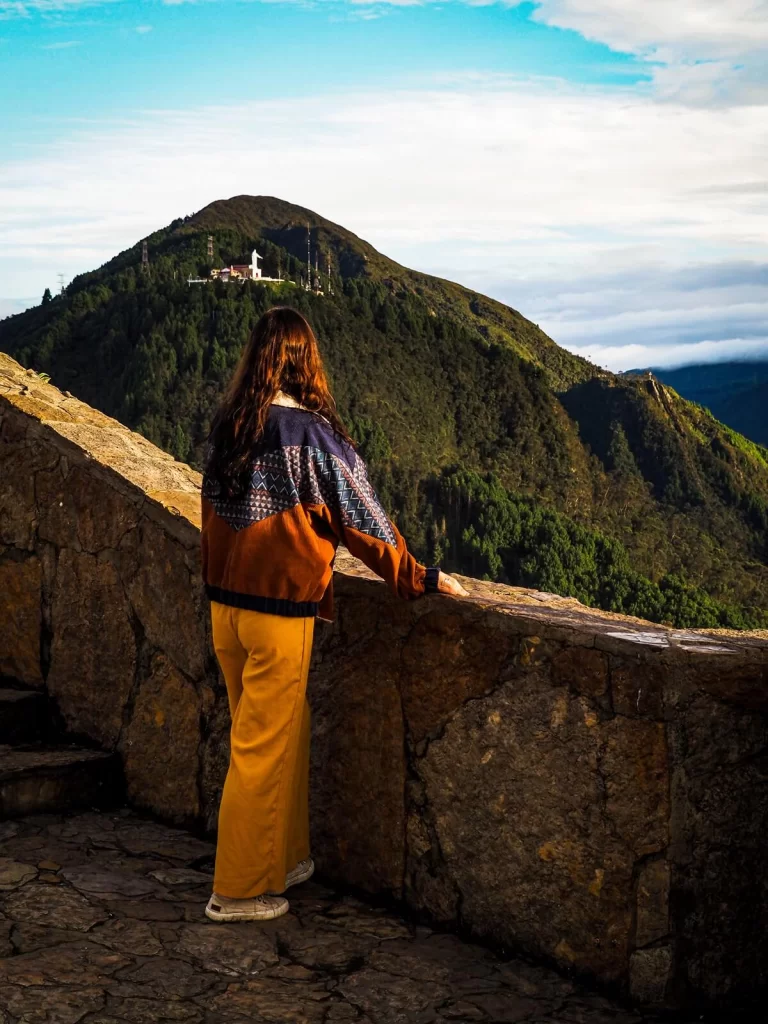
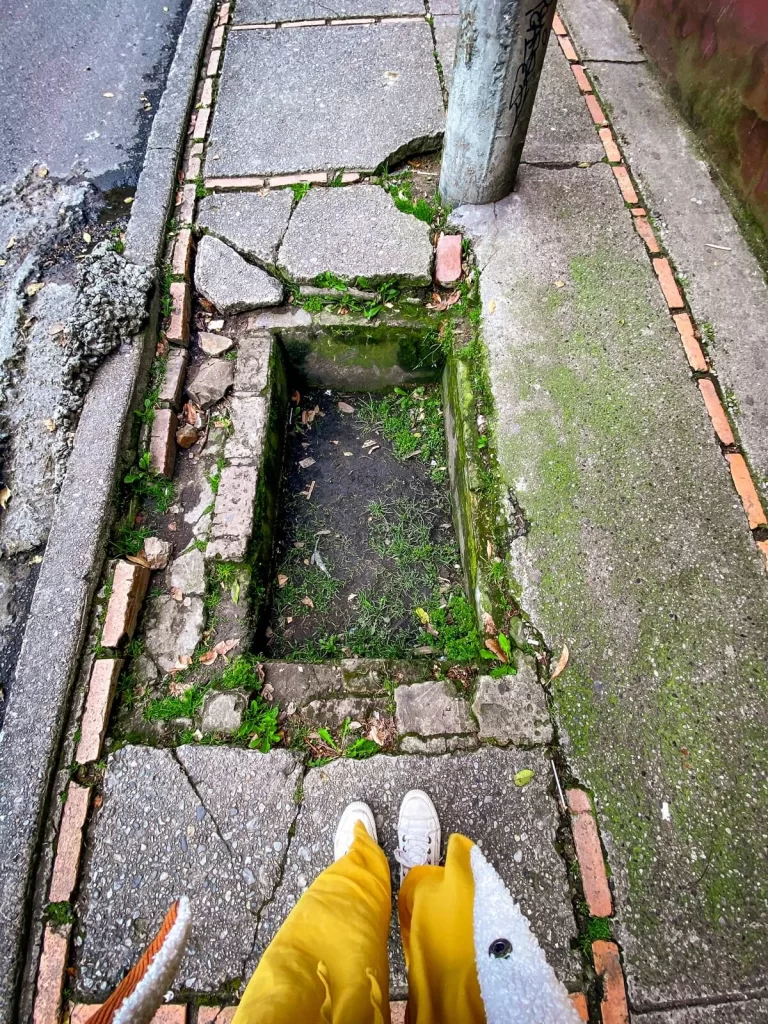
Health and Safety Related Bogota Travel Tips
One thing you want to avoid on your holiday is getting sick, especially in a foreign country where you might not even speak the language. Here are a few of our personal health and safety related tips to reduce the risk of getting ill or injured during your trip. For more official information, check out Colombia-specific health advice from the National Travel Health Network and Centre (NaTHNaC).
- Drinking tap water in many big cities in Colombia is considered safe. However, it can still upset you stomach if you’re not used to it. We recommend using a filtered bottle such as WaterWell or buying bigger bottles of water and filling up a reusable water bottle if you’re concerned.
- Make sure to drink enough water to avoid dehydration and other issues such as altitude sickness. Bogota is located at 2,640 meters (8,660 ft) above sea level, which means you could get altitude sickness there.
- Be aware of hailing down taxis which might have a drug, known as burundanga, sprinkled somewhere around the back seats.
- Don’t leave your food or drink unattended, especially in bars at night, to avoid getting spiked.
- There are many pharmacies in Bogota where you can buy medicine, so only bring your prescribed medication and some basic painkillers.
- Make sure to watch where you’re going otherwise you may end up in a random hole with a twisted ankle. More than anywhere else we’ve been in South America, Colombia is just full of pavements with uncovered manholes.
- You may want to search the reviews for information on hot showers when booking your accommodation! Hot doesn’t always mean ‘hot’ as you might know it. Bogota is relatively cold because of the altitude and having daily cold showers wasn’t the favourite part of our stay.
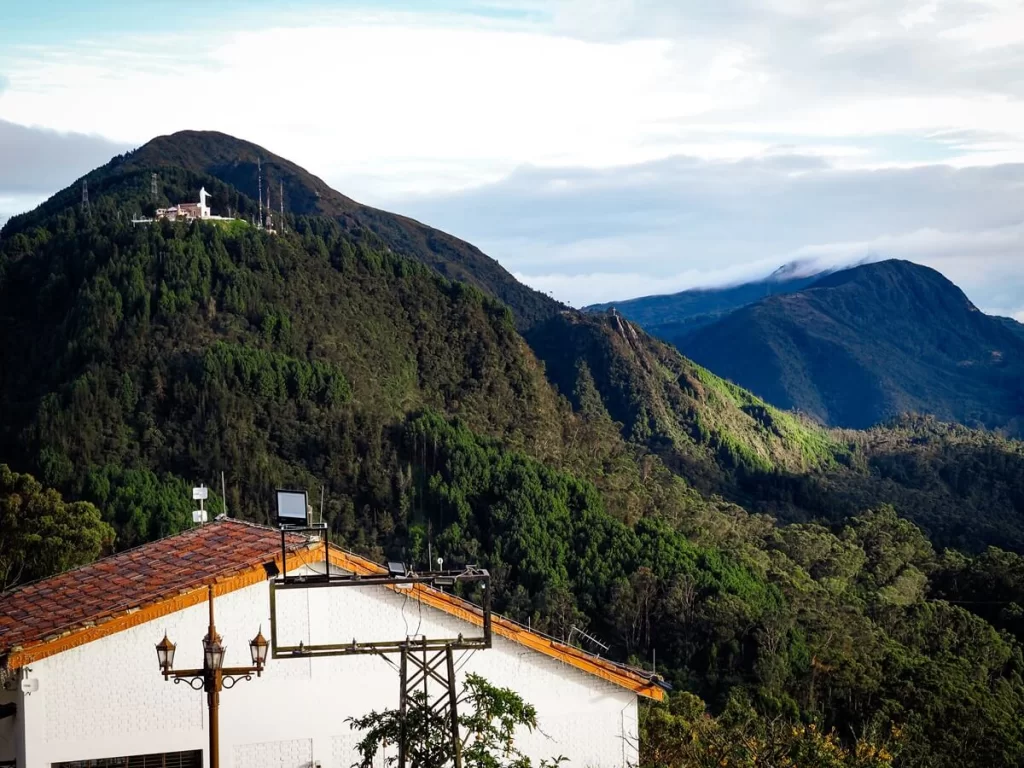
How to Avoid Altitude Sickness in Bogota, Colombia?
As highlighted before, Bogota is located at an altitude of about 2,640 m (8,660 ft) above sea level, making it one of the highest capitals in the world. It is important to know that anyone can develop altitude sickness and its symptoms can be less or more severe depending on the person. Symptoms of altitude sickness include dehydration, dizziness, headaches, shortness of breath, heavy breathing, loss of appetite, nausea and vomiting.
To avoid altitude sickness, we recommend spending at least one or two full days in Bogota. If you can spare more, that’s even better. Luckily, most other places you might have on your Colombia itinerary such as Medellin, Salento, and Cartagena are located much lower.
Try to avoid drinking too much alcohol on your first day and don’t eat too many heavy foods either. It’s very important to stay hydrated to avoid dehydration and headaches. In addition, you can also buy some altitude sickness tablets at one of the pharmacies.
Can You Use English in Bogota?
The official language in Colombia is Spanish. Generally speaking, in big cities like Bogota there very likely will be some people who speak English, especially in the touristy areas. You can definitely book English speaking tours and many of the museums have descriptions in both languages.
However, don’t rely on only using English, especially if you’re planning on using the public transport system or exploring the city without guided tours. We highly recommend learning some basic phrases in Spanish prior to your visit. It’ll come in handy when taking taxis, ordering food in restaurants or asking for directions. Colombians are very friendly and helpful.
Don’t forget to download the Google Translate app, which can be a lifesaver. Practicing a country’s native language is always nice and people will appreciate your efforts.
Top Tip – You can always ask the person if they speak English first, but come prepared in case they don’t.
Best Time to Visit Bogota
Thanks to Bogota’s location, expect much cooler temperatures all year round compared to other areas such as the Caribbean coast. The average temperature in the city is around 15°C (59°F) during the day, which does drop at night. Probably the driest months to visit are between December and March, although it can still rain in the afternoon.
Bear in mind that December and January are considered the peak holiday months, so the main tourist attractions will be more crowded.
It’s always good to have some extra layers with you and something waterproof before you head out for the day.
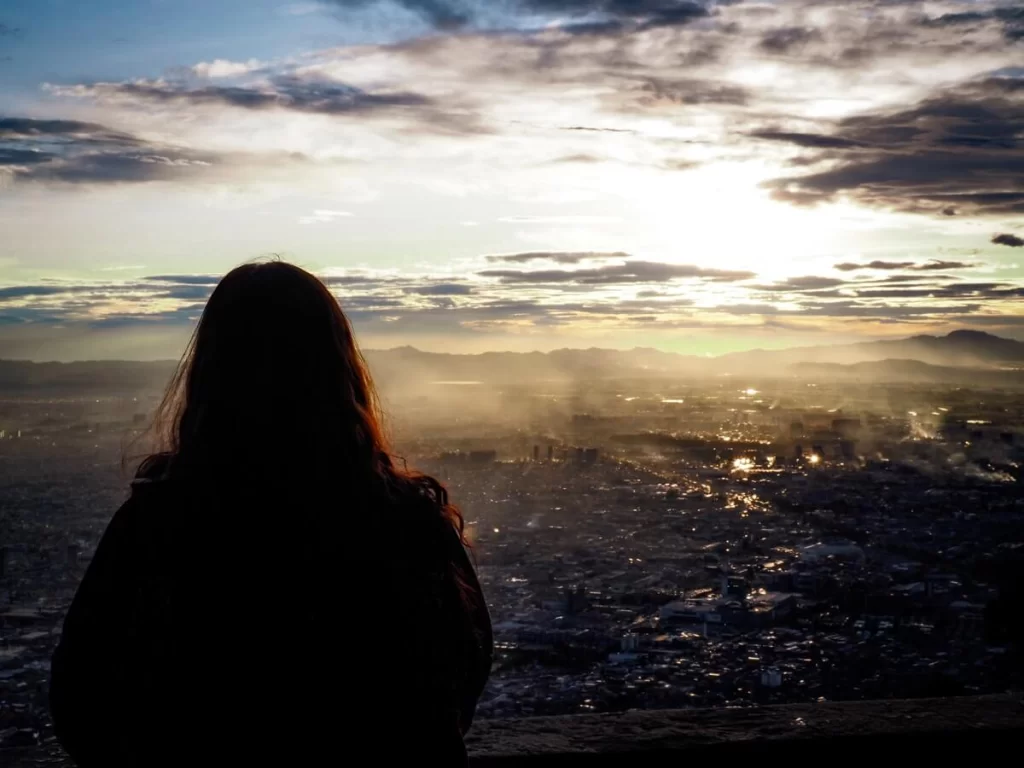
How to Get to Bogota?
By Plane – Obviously the easiest and least time consuming way to reach Bogota is by flying to El Dorado International Airport (BOG). It is South America’s busiest airport. Depending on where you’re coming from, there are many direct flights between Bogota and other major cities in North, South, and Central America, as well as from Europe. You can check where you can fly direct to Bogota from on this website.
Find Flights to Bogota✈️
By Bus – If you’re coming from Ecuador, then you can opt to take an international bus from Quito. The most common border crossing route is via Rumichaca between Ipiales in Colombia and Tulcan in Ecuador. From Ipiales, you can travel to Bogota the next day.
Currently, it’s not advised to cross the land border between Colombia and Venezuela. There’s also no road crossing between Colombia and Panama.
Bus travel between cities in Colombia is a popular and affordable way to travel for both locals and backpackers alike. Travelling by bus will also give you the chance to stop at other places of interest along the way. Our main online sources that helped us to find bus routes and companies operating to and from our next destination were Busbud.com and Rome2Rio.
How to get from Bogota Airport to La Candelaria?
By TransMilenio – The most affordable way to get from El Dorado airport to La Candelaria is by public transport. Just follow the signs to the free shuttle called Feeder (16-14 Airport) that takes you to Portal El Dorado station. From there just hop onto the TransMilenio bus that goes towards Universidades. We’ll discuss how to use the city’s buses in the next section.
If you’re arriving at unsociable hours, we recommend opting for an airport taxi that will drop you off directly to your accommodation.
Airport Taxi – An easy way to reach your accommodation is by booking an airport taxi. This is the safest and easiest way if you have a lot of luggage and don’t feel confident taking public transport in an unfamiliar city.
You can pre-book your taxi at the booth outside the arrivals building. You’ll have to tell them your destination and they will calculate your fee.
It’s normally a set fee depending on the distance, but to La Candelaria or Chapinero it can cost between 70,000 – 90,000 COP ($17 – 23 USD).
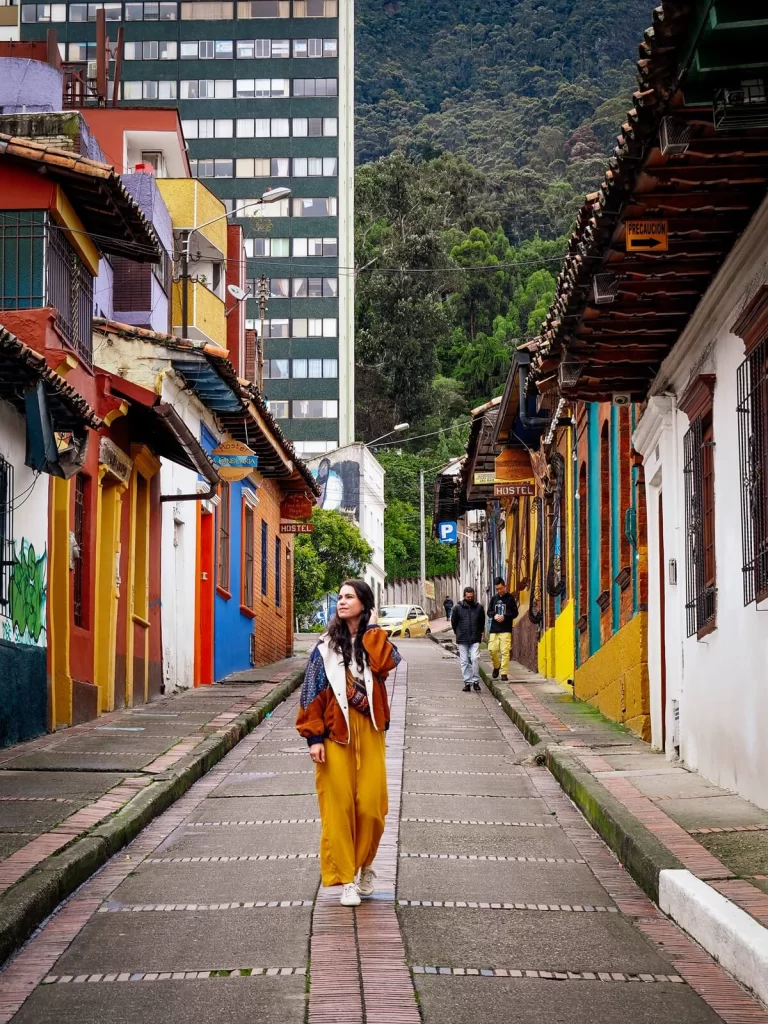
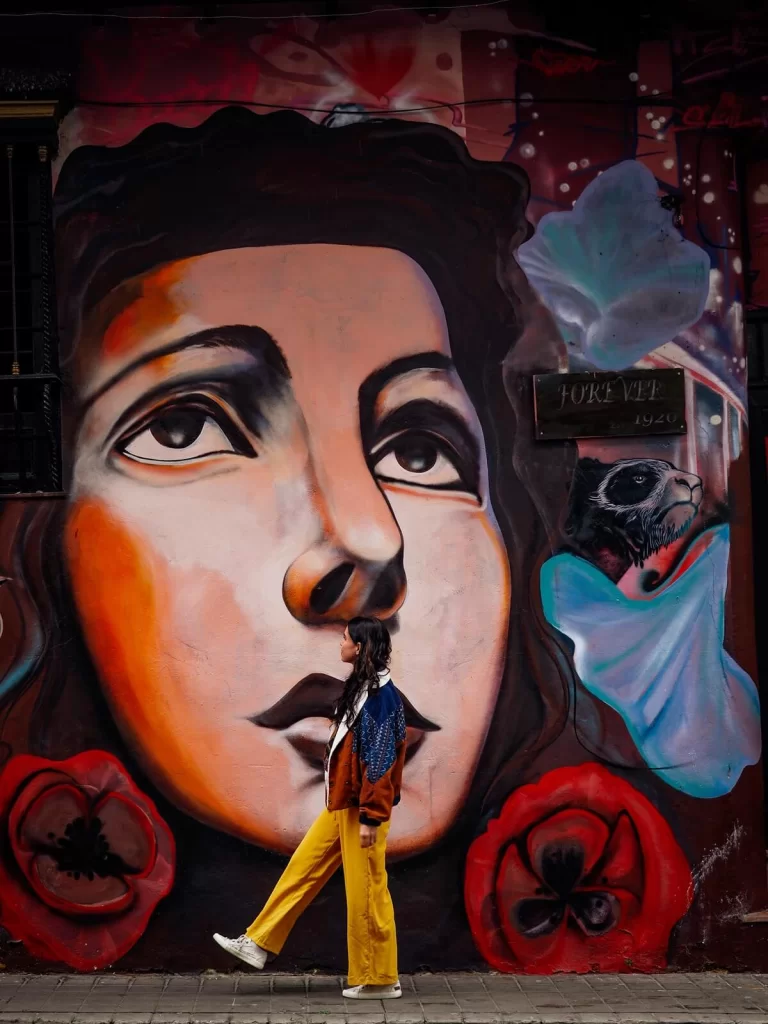
Best Ways to Move Around Bogota
On Foot
Whenever we can, we enjoy exploring a new place on foot. You can discover so much more whilst walking than by taking taxis everywhere. La Candelaria – Bogota’s Historic Centre – is definitely walkable and we suggest exploring some of the main sites on foot. It’s also a great way to acclimatise to the high altitude before you head up to Monserrate.
If you’ve just arrived in the city, it’s always a good idea to join a free walking tour where you won’t just see, but also learn, a lot about Bogota.
Top Bogota Travel Tip. Many people challenge themselves with a hike up to Monserrate. It is a great activity, but make sure to do this in the morning, as for safety reasons the path is closed after 1PM.
By Bike
Another fun way to get around Bogota is by bike. We were pleasantly surprised by just how many dedicated cycle lanes there were in this huge city. Hopping on a bike is definitely a much faster way to get around, and we read that hotels and hostels sometimes offer bike rental services to their guests.
If you’re visiting on a Sunday, you’ll also see that many main roads are shut to vehicle traffic so that people can cycle or run along those roads. We absolutely loved this initiative in the big cities across South America.
In case you don’t fancy navigating on your own but do want to get to know the city this way, we recommend joining a bike tour around Bogota.
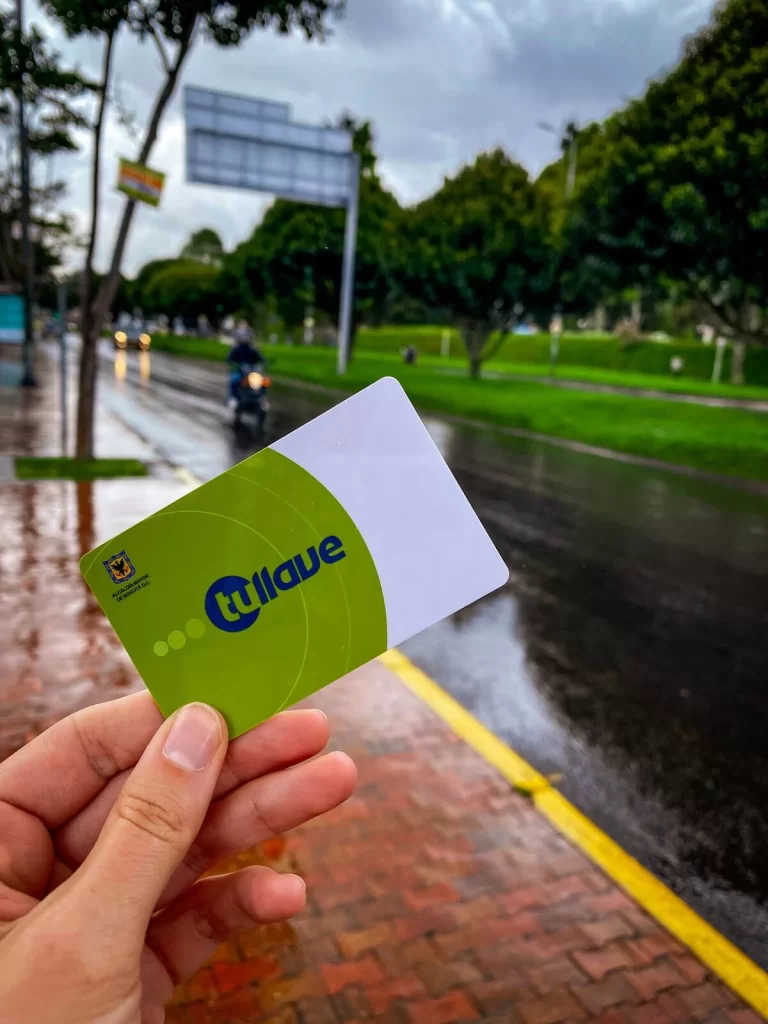
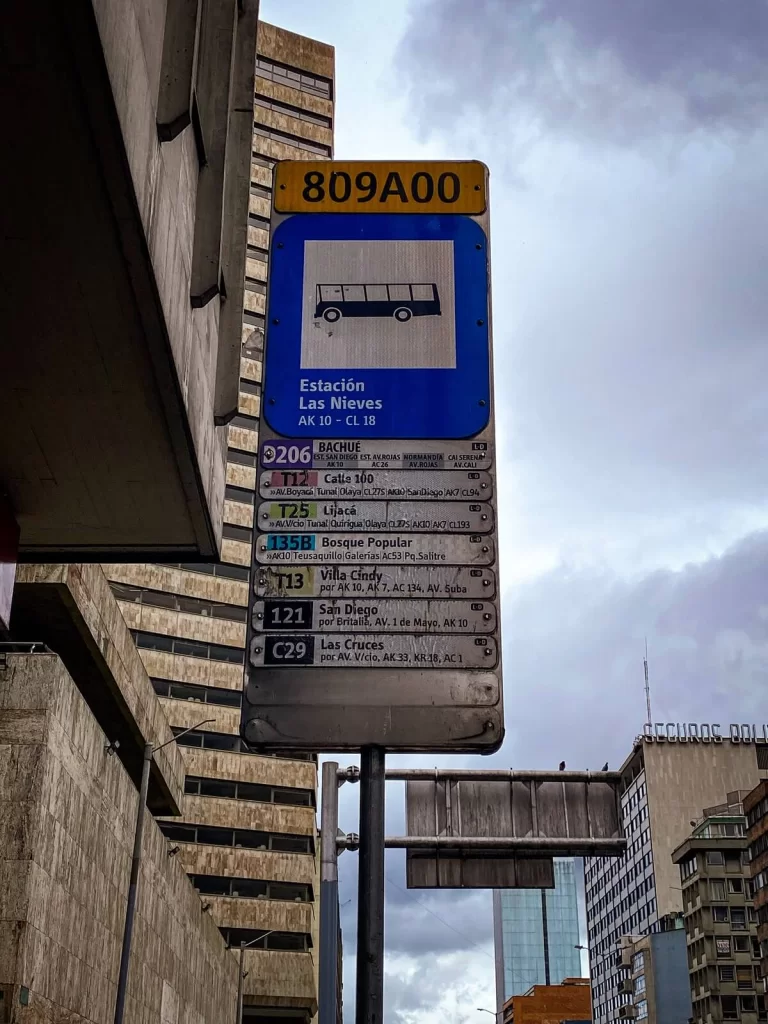
Public Bus
For places located a bit further away from La Candelaria, we recommend using Bogota’s bus rapid transit system (BRT) called TransMilenio. The buses run in dedicated lanes throughout the city, which makes it a fast and affordable way to get around.
It’s worth noting that the system can feel a bit confusing for someone new to the city. There are 12 different bus lines which are marked from A to M and are also colour coded. You can use this bus map to find the nearest bus stop to where you’re staying in Bogota. Maps with all the bus services on them are also available at every station.
In order to use TransMilenio you’ll need to purchase a bus card, known as a tullave card, first (7,000 COP / $1.75 USD). Then you can top that up with however much credit you need for your bus rides across the city. A one-way journey is normally 2,950 COP ($0.75 USD). For more information on rates and routes you can check out the official website.
There are also some Urban Services, known as the Integrated Public Transport System (SITP), which are blue buses that don’t travel in dedicated lanes. Now, you can use your bus pass on these services too and a one-way journey is slightly cheaper at 2,750 COP ($0.70 USD). If you change buses within 110 minutes of leaving the last one, then a transfer to another SITP bus, or from a TransMilenio to a SITP bus, is free. However, a transfer from a SITP bus to a TransMilenio bus is 200 COP ($0.05USD).
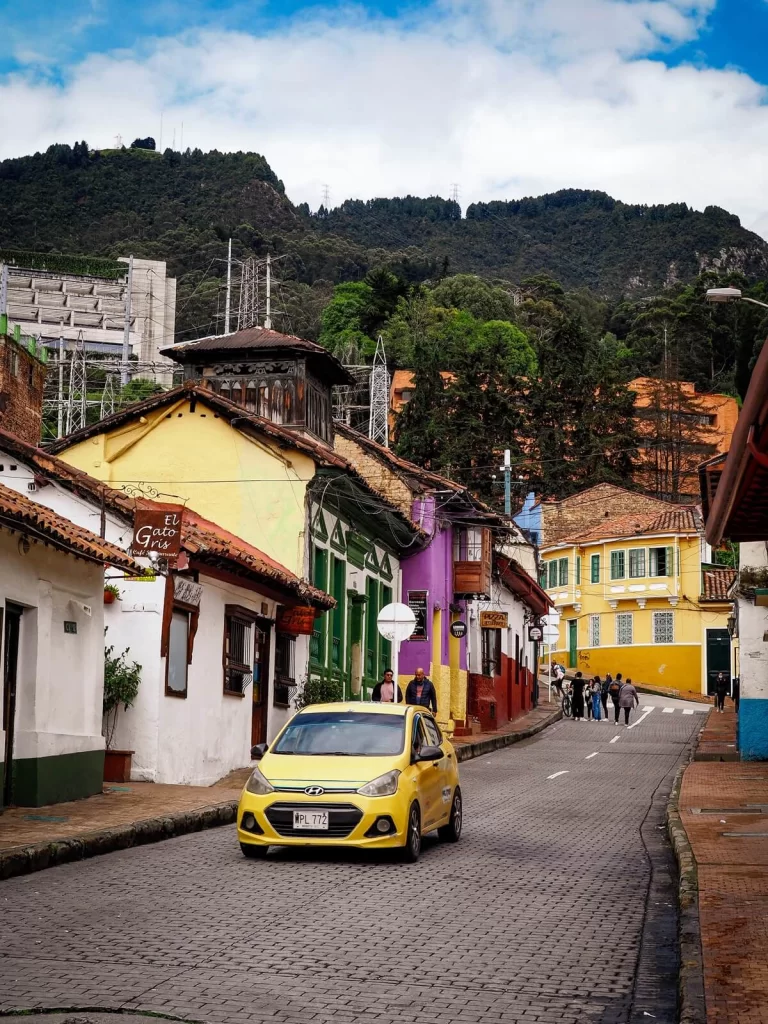

Taxi
Another way to get around Bogota is by taxi. The safest way to use taxis is to pre-book them through your hotel / hostel staff. This is especially true if you’re heading to the airport. You can also download some apps such as Tapsi, Cabify, or Easy Taxi to book a ride.
Drivers can drive a little aggressively and the traffic in Bogota is a bit mad! Many people use motorbikes to avoid the rush, and they can come out of nowhere from any direction, which can feel quite chaotic when you’re in a car. Seatbelts are also rarely available in the back seat.
It’s always good practice to have a local SIM card so you can follow your route on Google Maps. We always do that to make sure we’re not taken the long-way around or somewhere completely different to where we want to go.
Now, Uber is actually not legal in Colombia, but in big cities such as Bogota it’s well-used. However, never try to take an Uber to the airport. Both you and the Uber driver could get into trouble because it’s monitored there more than anywhere else.

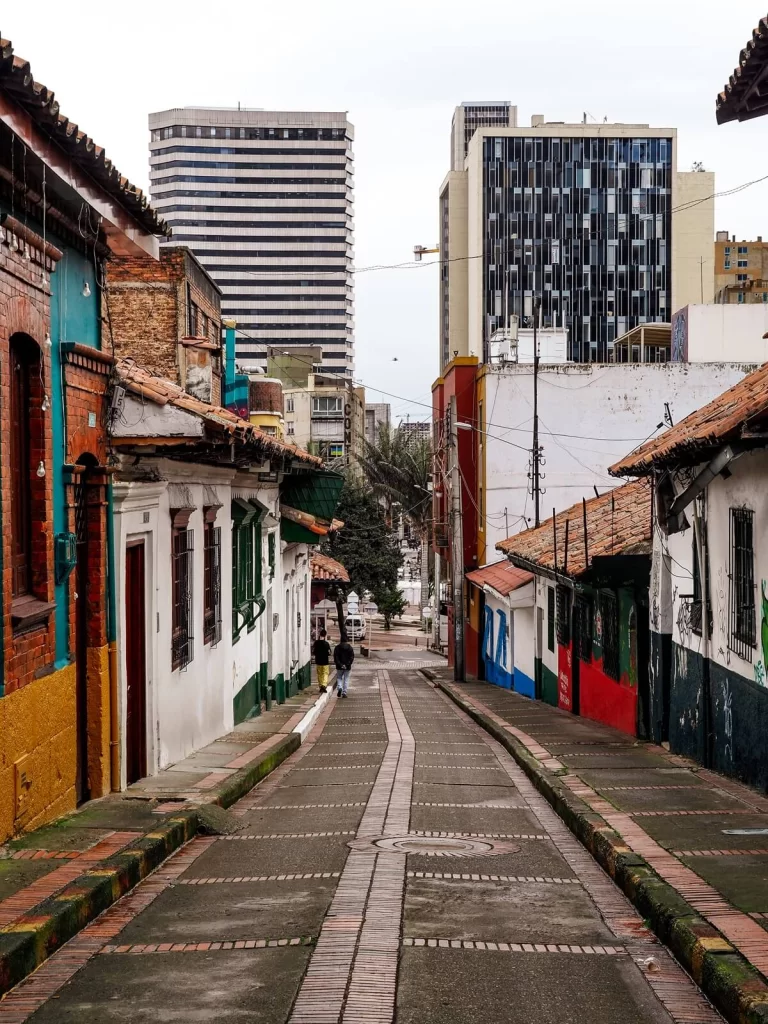
Where to Stay in Bogota?
Bogota is a huge city, so naturally there are going to be districts where it’s not recommended for visitors to stay.
If you’re short on time and want to be close to the main attractions, then the La Candelaria neighbourhood is a great place to base yourself. There are plenty of hotels and hostels in this area depending on your budget and needs. La Candelaria is also filled with cafes, bars and restaurants, and is generally a walkable district. Below are some places you can check out:
Located to the north east of Bogota, Chapinero is a trendy and bohemian neighbourhood. Although you won’t find many attractions here, it’s a good base for those who’re in the city for longer, or just want to stay away from the main tourist areas. It also has a great LGBTQ+ community, trendy cafes, restaurants and markets. Find accommodation in Chapinero here.
You can also consider La Zona Rosa, which is known for its nightlife, the financial district for any business-related travel, or Teusaquillo which has a lot of green spaces.

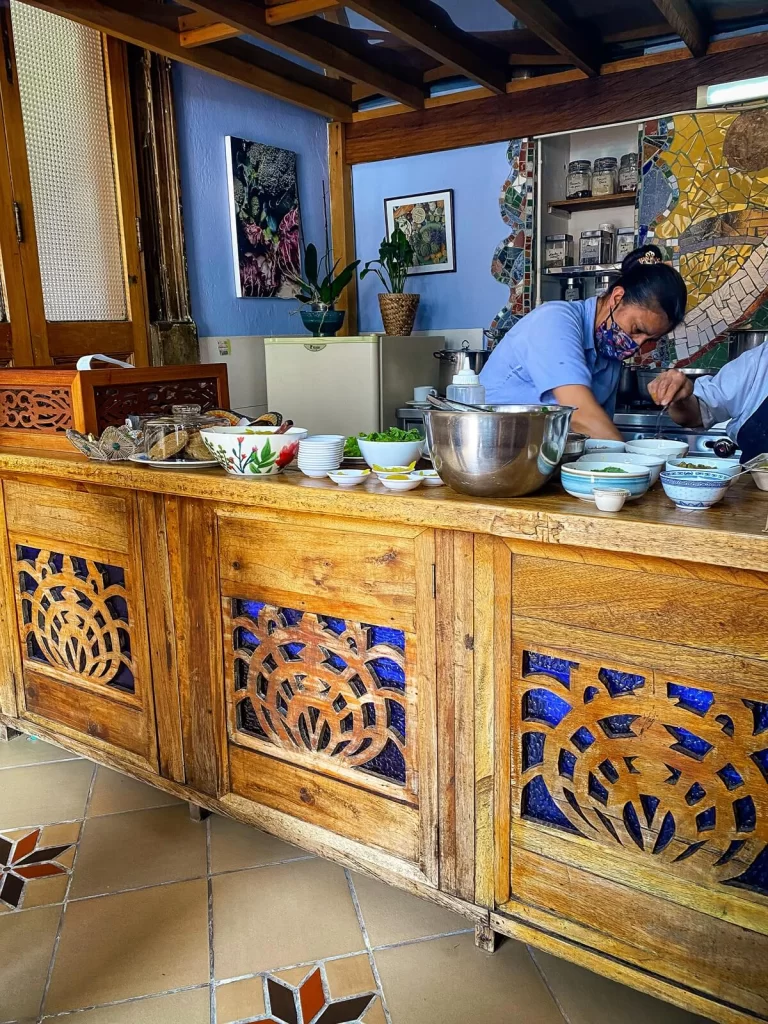
Where to Eat in Bogota?
There are plenty of places to eat in Bogota and you definitely won’t get hungry as you’re exploring the city. Below are some of the favourite spots we ate at during our stay:
- Quinua y Amaranto is a small restaurant in La Candelaria serving great vegetarian and vegan food. Definitely come here to get a lunch menu.
- Nativa Arte y Comida Natural is a vegan restaurant that also offers some nice lunch deals.
- Mercy Vegan Food is another small vegan restaurant with very friendly staff.
- Usaquen Market is filled with street food vendors and sit-in restaurants and cafes. The options here are endless.
- Vegoto Fast Food is another great vegan restaurant in Chapinero serving some great lunch menu’s.
- Juan Valdez Cafe is basically the Starbucks of Colombia. Whilst it’s a large chain, we definitely enjoyed popping in here for a quick coffee and some pastries.
Do you want to learn more about Colombian cuisine? Then make sure to book a street food tour to have a fantastic gastronomic experience.
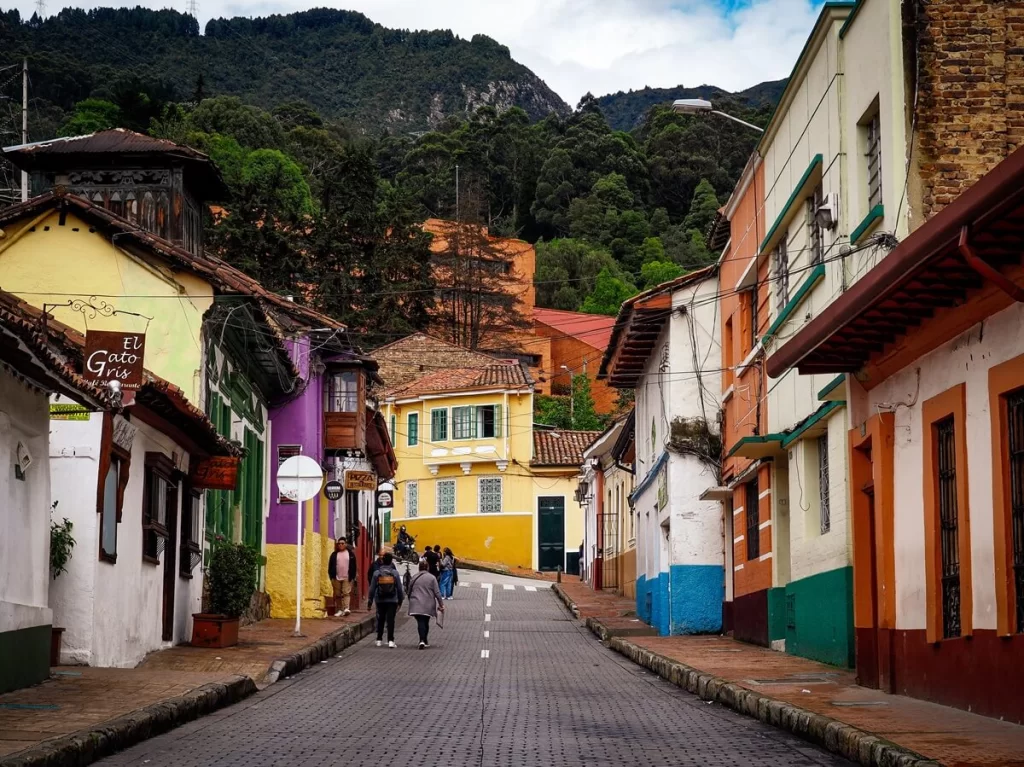
Final Thoughts on Bogota Travel Tips
Before arriving to the Colombian capital we did a ton of research. Backpacking across Peru and Ecuador, we also met fellow travellers who shared their own experiences in Bogota. We definitely received mixed feedback on the city, so didn’t arrive with very high expectations.
Although we were cautious and stayed vigilant, we definitely enjoyed the city more than we thought we would. We visited most places on foot or by bus and never had an issue. Whilst you can sometimes end up in unfortunate situations through no fault of your own, if you follow the general rules around safety you’ll most likely be fine.
Have you ever been to Bogota before? If so, what was your experience? If not, would you feel more confident spending a few days in the city after reading our guide? Let us know in the comments below.
Now, let your adventure begin,

Our Top Travel Resources
Accommodation: For hotels we always use Booking.com and Hostelworld for hostels. We also book longer stays on Airbnb or Vrbo.
Flights: To find the best flight prices we always check Skyscanner, Google Flights or WayAway. Then we also check the airlines’ websites too for comparison.
Car Rentals: We use Discover Cars when we want to rent a car as it compares local, national and international companies.
Activities: If we book organised tours we always check either GetYourGuide or Viator.
Foreign Currency: Whenever we can we prefer to pay in local currency and for that we always use our Wise card. We can easily withdraw money from the ATM or pay by card at most shops and restaurants.
Travel Insurance: We never go anywhere without travel insurance. You never know what will happen on your trip, so good travel insurance like SafetyWing can protect you in case of injury, illness, theft and cancellations.
eSIM and VPN: To get data abroad we use Airalo which is an app that allows you to download a prepaid eSIM to your phone in over 190 countries. Make sure to have a VPN to avoid hackers accessing your personal data when using public WIFI. We use Surfshark which is the only VPN that offers one account on unlimited devices.

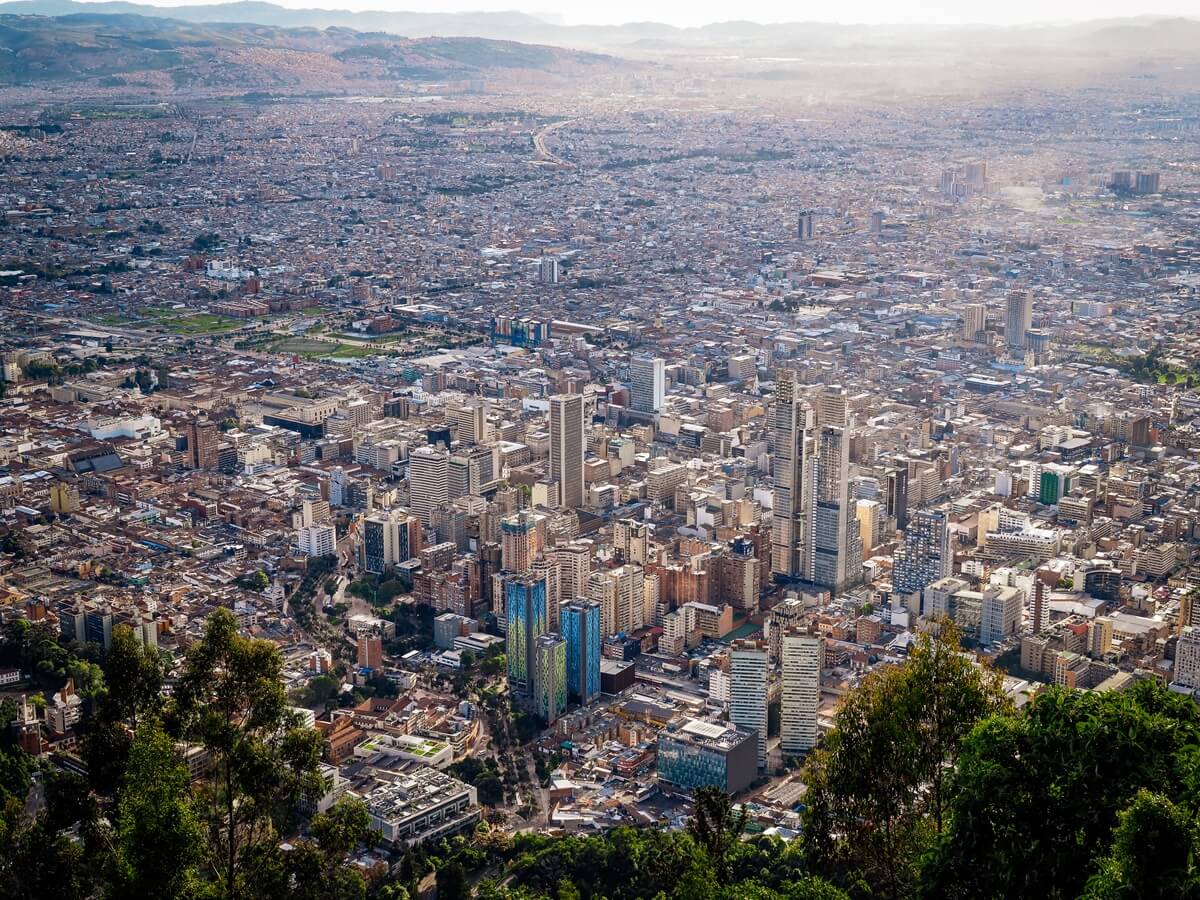

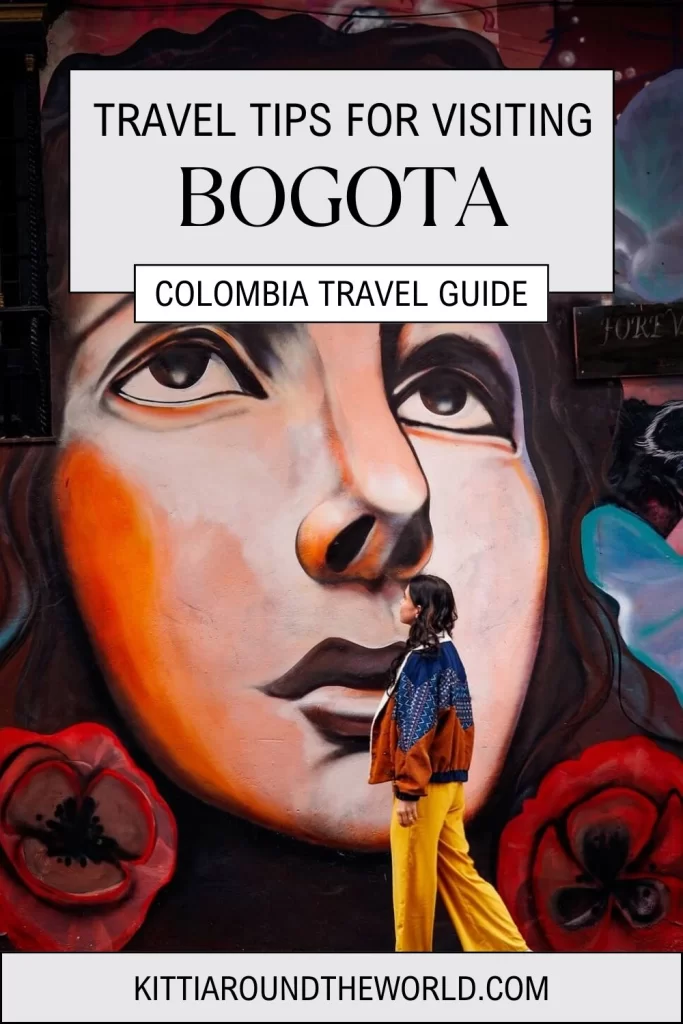
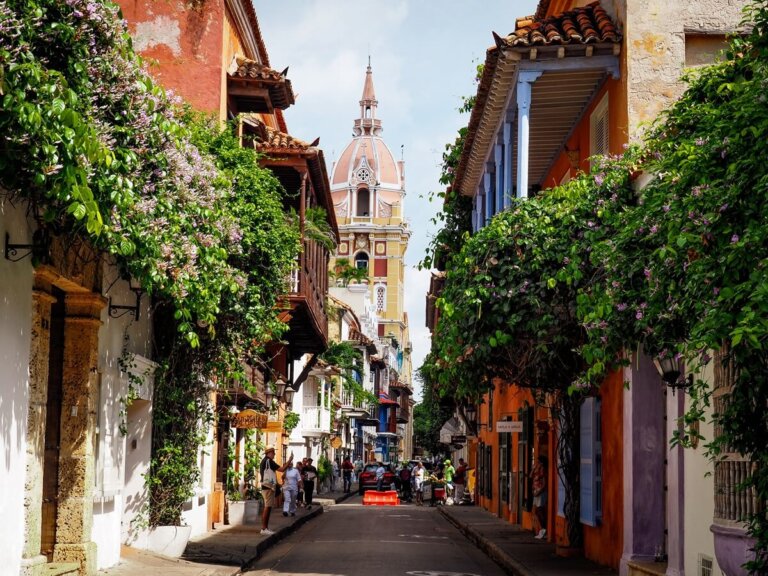

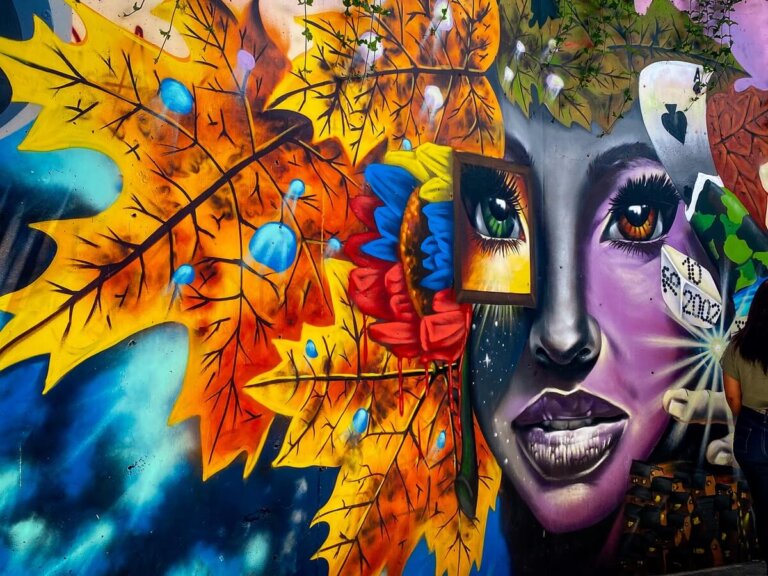
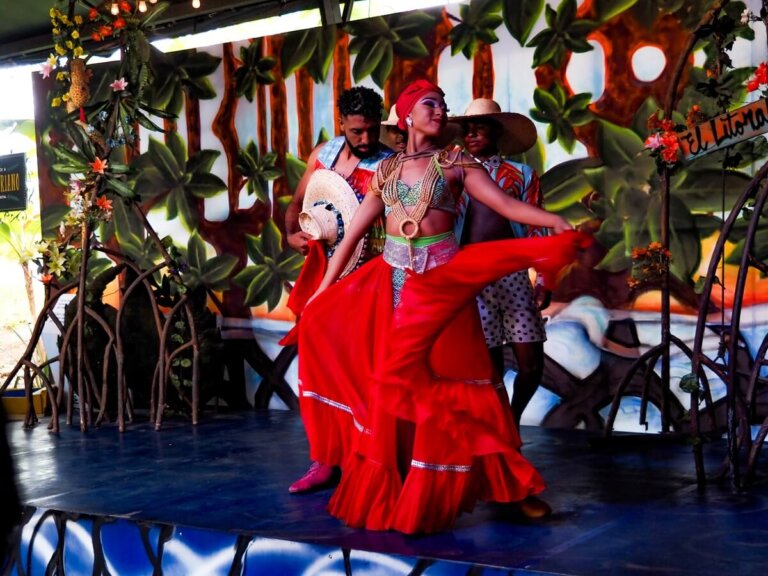
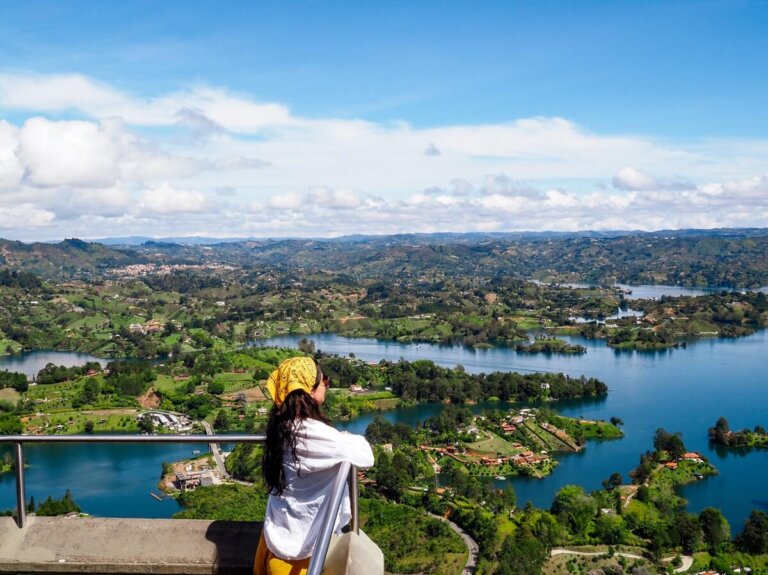
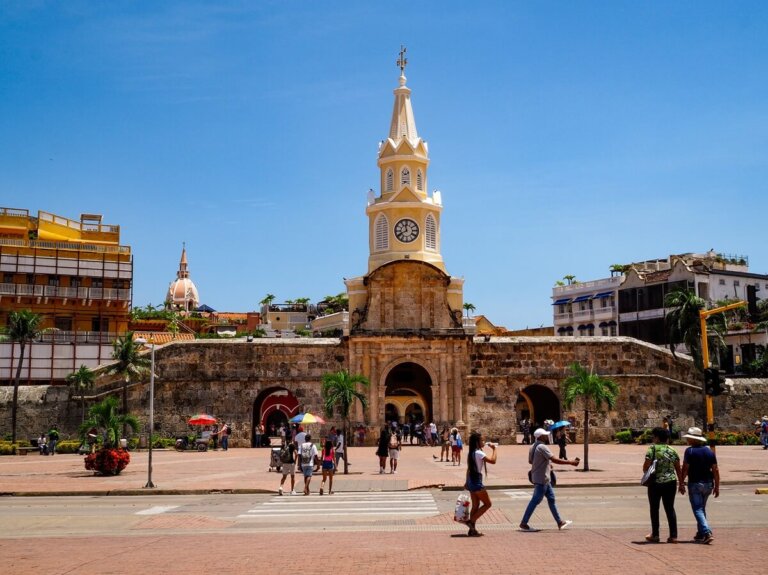
👍Really detailed and useful guide. Thanks.
Thank you Karan, we’re glad you found it useful!